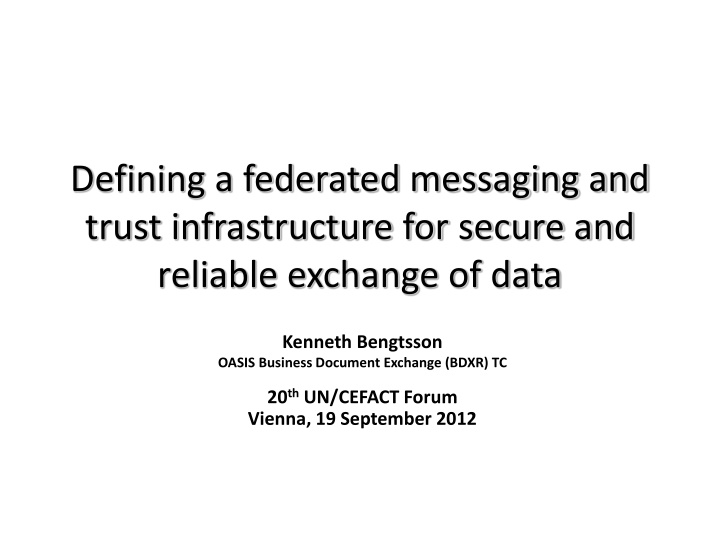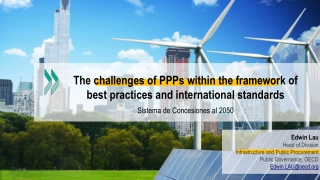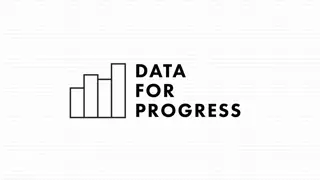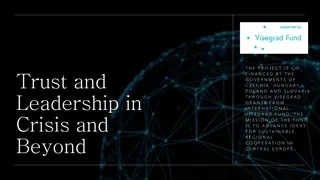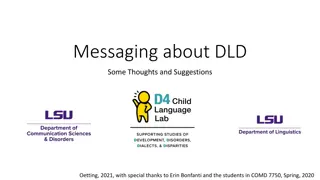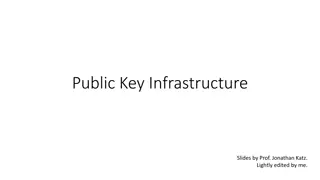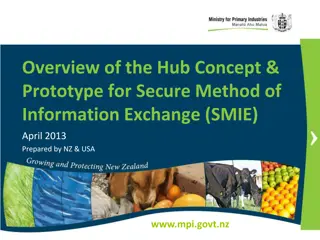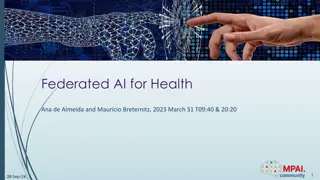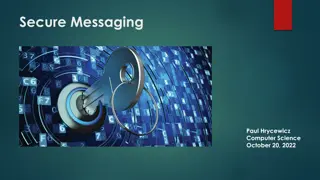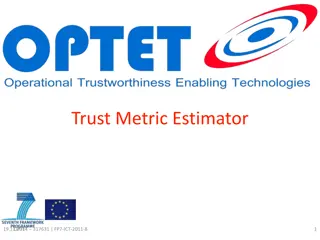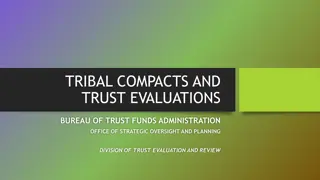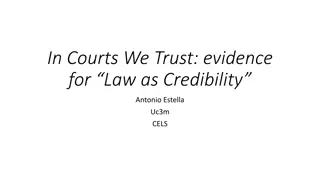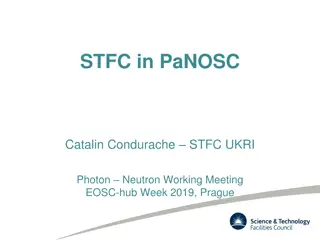Federated Messaging & Trust Infrastructure for Secure Data Exchange
This content outlines a federated messaging and trust infrastructure for secure and reliable data exchange. It discusses models like peer-to-peer, three-corner, and four-corner, emphasizing the benefits of the four-corner model in lowering barriers and accommodating diverse business needs. Governance aspects such as standardization, trust, and certificate validation are also highlighted. The PEPPOL multi-cornered infrastructure is referenced as an example. Overall, the focus is on enhancing data exchange efficiency and reliability.
Download Presentation

Please find below an Image/Link to download the presentation.
The content on the website is provided AS IS for your information and personal use only. It may not be sold, licensed, or shared on other websites without obtaining consent from the author.If you encounter any issues during the download, it is possible that the publisher has removed the file from their server.
You are allowed to download the files provided on this website for personal or commercial use, subject to the condition that they are used lawfully. All files are the property of their respective owners.
The content on the website is provided AS IS for your information and personal use only. It may not be sold, licensed, or shared on other websites without obtaining consent from the author.
E N D
Presentation Transcript
Defining a federated messaging and trust infrastructure for secure and reliable exchange of data Kenneth Bengtsson OASIS Business Document Exchange (BDXR) TC 20thUN/CEFACT Forum Vienna, 19 September 2012
OASIS Business Document eXchange TC Describes an architecture where trading partners exchange documents securely and reliably through the use of gateways Also known as the 4-corner (or multi- cornered) model
Peer-to-peer model Trading partner Trading partner Not scalable Need to agree and implement standards for transport and content with each trading partner one at a time Difficult to match business requirements and capabilities Individuals, SMEs, large companies and governments all have very different requirements, capabilities and resources Technical requirements (trust, service levels etc.) raise the barrier
Three-corner model Service provider Trading partner Trading partner Proprietary standards (whole stack) Risk of service provider lock-in / limited competition Customers may have to connect to several service providers
Four-corner model Service provider / gateway Service provider / gateway Standardized interface Trading partner Trading partner Lowers barriers by allowing for different business models Requirements and capabilities differs greatly between individuals, SMEs, large companies and governments. Freedom to choose service provider Leverages investments in existing infrastructures by connecting clouds
Governance and trust Agree upon: SLA requirements Standardized business processes Standardized business documents Standardized transport profiles Trust and certificate validation Service provider / gateway Service provider / gateway Trading partner Trading partner
Thank you Kenneth Bengtsson OASIS BDXR TC kenneth@alfa1lab.com http://www.oasis-open.org/committees/bdxr
